Guide to Supporting Students with Learning Disabilities
Spotting Telltale Signs of Learning Variations
Catching learning differences early makes all the difference. Watch for persistent struggles in particular areas - perhaps decoding words proves unusually difficult, or organizing thoughts becomes a recurring challenge. When specific academic hurdles persist despite quality instruction, it often signals deeper learning variations at work.
Emotional cues matter just as much as academic ones. Students who consistently avoid certain tasks or show unusual anxiety about schoolwork might be wrestling with unrecognized learning challenges. Remember: these warning signs manifest differently in every learner - there's no universal checklist.
How Evaluation Pinpoints Learning Needs
Both formal tests and everyday observations help uncover learning differences. Standardized assessments offer concrete data about academic strengths and weaknesses, while teacher observations reveal how students engage with actual classroom material. The magic happens when combining both approaches - this dual perspective paints the clearest picture of a student's needs.
Truly effective evaluation looks beyond test scores. It considers the whole child - their social connections, emotional wellbeing, and how they interact with peers. This comprehensive view ensures support addresses all aspects of the student's educational experience, not just academic performance.
Tailored Approaches for Diverse Learners
Supporting varied learners demands multiple strategies working in concert. Customized lessons, adaptable assignments, and specialized tools can dramatically improve outcomes. Incorporating hands-on activities, visual supports, and alternative assessment methods helps concepts click for students who learn differently.
Teamwork makes the difference. When teachers, parents, and specialists share insights and coordinate efforts, they create powerful, personalized learning plans. This collaborative spirit empowers students and builds environments where everyone can thrive.
Crafting Classrooms for All
Inclusion means more than physical presence - it's about valuing each learner's unique approach. Educators can shape classrooms that celebrate different learning styles through flexible teaching methods and positive peer interactions. When students feel understood and valued, their potential blossoms.
Social-emotional learning plays a critical role too. Activities that build self-awareness, empathy, and relationship skills equip students to navigate school's complexities while forming meaningful connections with classmates.
Why Early Action Matters
Addressing learning differences early prevents small struggles from becoming major obstacles. Timely support helps students develop effective strategies before frustration takes root. But the work doesn't stop there - continuous monitoring ensures supports evolve as students grow and their needs change.
Flexibility proves essential. As learners progress, their requirements shift. Regular check-ins and strategy adjustments guarantee support remains perfectly tailored throughout their educational journey.
Creating Inclusive and Supportive Learning Environments
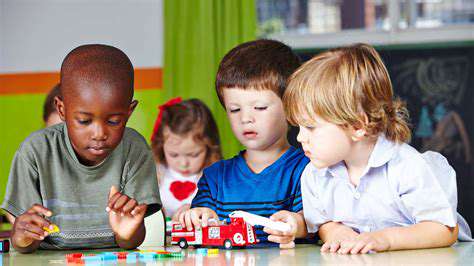
Growing a Respectful Culture
True inclusion requires actively cultivating mutual respect. This means genuinely listening to diverse viewpoints and appreciating each person's unique contributions. Mere tolerance falls short - we must actively seek to understand and value differences.
This involves confronting stereotypes and unconscious biases head-on. Encouraging open dialogue and creating spaces for sharing personal experiences builds communities where everyone feels heard and valued. When we make this consistent effort, we create environments where all can flourish.
Ensuring Fair Access
Inclusive environments guarantee equitable access to opportunities. It's not enough to provide equal resources - we must identify and dismantle systemic barriers that hold certain groups back. Spotting and eliminating these hidden obstacles creates truly level playing fields.
Equity touches everything from training programs to leadership pathways. The key lies in actively seeking out and addressing disparities, ensuring every individual receives the specific support they need to succeed.
Encouraging Full Participation
Inclusive spaces actively draw out every voice. They create environments where people feel safe sharing ideas without fear of judgment. This means intentionally including perspectives often marginalized or overlooked.
Breaking down participation barriers might involve language support, disability accommodations, or simply cultivating warmer, more welcoming spaces. When we engage everyone fully, we gain richer perspectives while fostering genuine belonging.
Tackling Systemic Obstacles
Building inclusive environments requires confronting deep-rooted systemic barriers. These hidden hurdles - from unconscious biases to unequal representation - block full participation for many. Recognizing and dismantling these structures paves the way for true equity.
The solution requires multiple approaches: policy changes, education initiatives, and ongoing conversation. It's about committing to societies where everyone thrives, regardless of background.
Cultivating Empathy and Understanding
Inclusive communities grow from empathy's soil. This means truly hearing others' experiences, especially when they differ from our own. Real empathy recognizes how backgrounds shape perspectives and interactions.
Building empathy involves creating cross-cultural connections and examining our own assumptions. The goal? Communities where everyone feels recognized, heard, and respected.
Implementing Effective Instructional Strategies
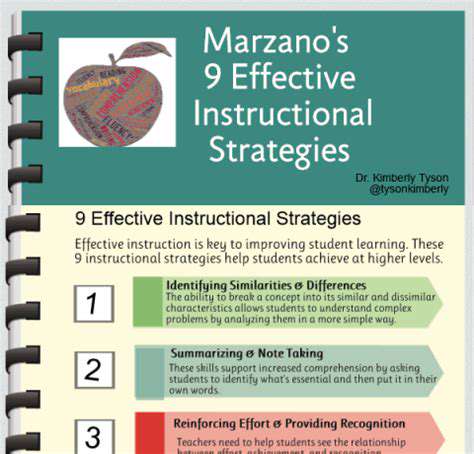
Laying the Groundwork
Great teaching begins long before class starts. Thoughtful preparation - clear objectives, well-chosen materials, anticipated challenges - creates smooth learning pathways. Solid planning lets teachers address hurdles proactively, crafting more engaging, effective lessons.
Diverse materials matter. Incorporate videos, hands-on activities, and interactive elements to reach different learning styles. This variety boosts understanding and retention significantly.
Building Supportive Spaces
Positive classroom environments fuel engagement and success. Establish norms of respect, collaboration, and active listening. Clear behavioral expectations paired with encouragement create ideal learning conditions.
Trust grows through open communication and positive connections. Valuing diverse perspectives builds classrooms where every student feels comfortable contributing.
Engaging Teaching Methods
Exceptional teaching transcends information delivery. Interactive activities, real-world applications, and group work spark active learning. Mixing methods accommodates different learning styles while deepening understanding.
Technology, when used purposefully, adds dynamism. Interactive whiteboards and digital resources can transform lessons into vibrant learning experiences.
Customizing for Diverse Learners
Recognizing unique learning needs is fundamental. Differentiation means adapting teaching methods, materials, and assessments to fit each student. Support strugglers while challenging advanced learners appropriately.
Offer multiple ways to demonstrate understanding - projects, presentations, or creative assignments let students showcase knowledge in ways that play to their strengths.
Ongoing Assessment
Regular check-ins gauge student progress and teaching effectiveness. Formative assessments provide real-time feedback for adjusting strategies. Timely, constructive feedback drives student growth.
Effective feedback pinpoints strengths and areas for improvement. Regular sessions help students track progress and set meaningful goals.
Smart Tech Integration
Technology, used wisely, enhances modern classrooms. Carefully selected digital tools - educational platforms, interactive simulations - make learning more engaging and personalized.
When integrated thoughtfully, technology creates dynamic, relevant learning experiences that resonate with today's students.
Building a Support System for Students and Families

Establishing Strong Foundations
Creating robust support networks proves vital for student success and wellbeing. Supportive environments nurture belonging and potential. Open communication channels and accessible resources form this foundation's cornerstone. The system must flex to meet each student's unique needs while fostering positive learning experiences that help students thrive.
Early action makes all the difference. Identifying struggling students quickly allows targeted support, preventing minor issues from becoming major obstacles. Timely intervention dramatically improves outcomes while empowering students.
Academic Support Resources
Comprehensive academic help - tutoring, study groups, supplemental materials - forms a support system's backbone. These resources must accommodate diverse learning styles while remaining easily accessible. Quality academic support boosts performance and confidence significantly.
Well-stocked libraries, updated digital platforms, and dedicated study areas all contribute. Regular evaluation ensures these resources stay relevant and effective.
Fostering Community Connections
Strong support systems cultivate community. Encourage participation in clubs and activities to build social connections and personal growth. Peer support groups and mentorship programs create safe spaces for sharing experiences.
Mentors provide invaluable guidance during critical academic phases, helping students navigate challenges and celebrate successes.
Supporting Emotional Wellbeing
Comprehensive support addresses mental health alongside academics. Counseling services, stress management workshops, and mental health resources must be accessible and stigma-free. Emotional health directly impacts academic success.
Creating safe spaces for open discussion through empathetic listening and mental health resources builds student resilience. This proactive approach equips students to handle challenges effectively.


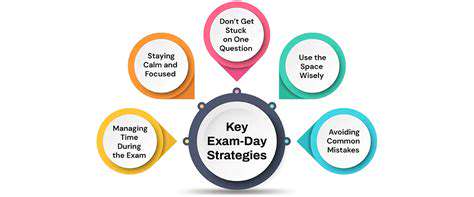
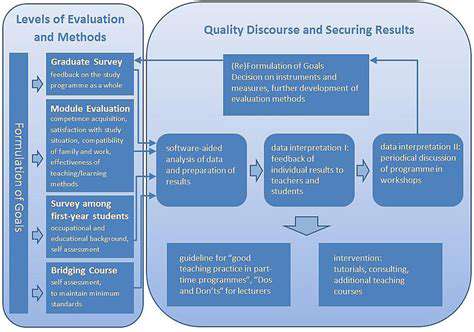


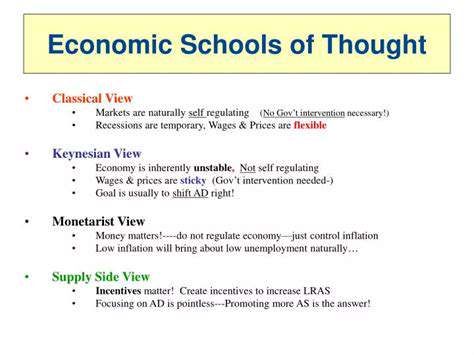
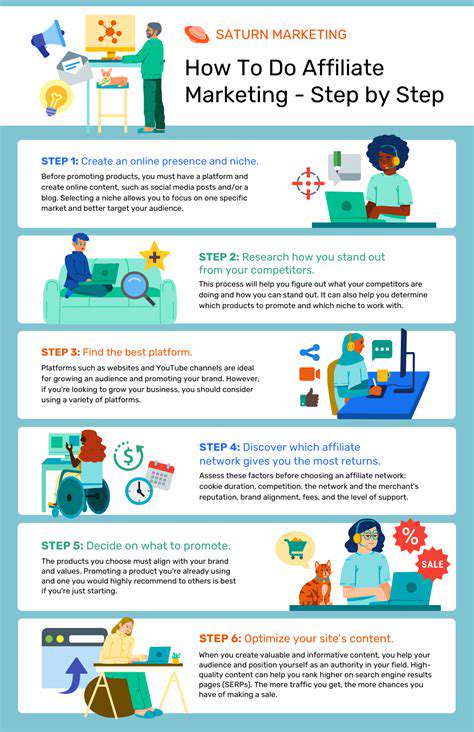



![How to Use AI Tools for Studying Effectively [Ethics]](/static/images/31/2025-05/MitigatingPotentialEthicalConcernsAssociatedwithAIStudyTools.jpg)